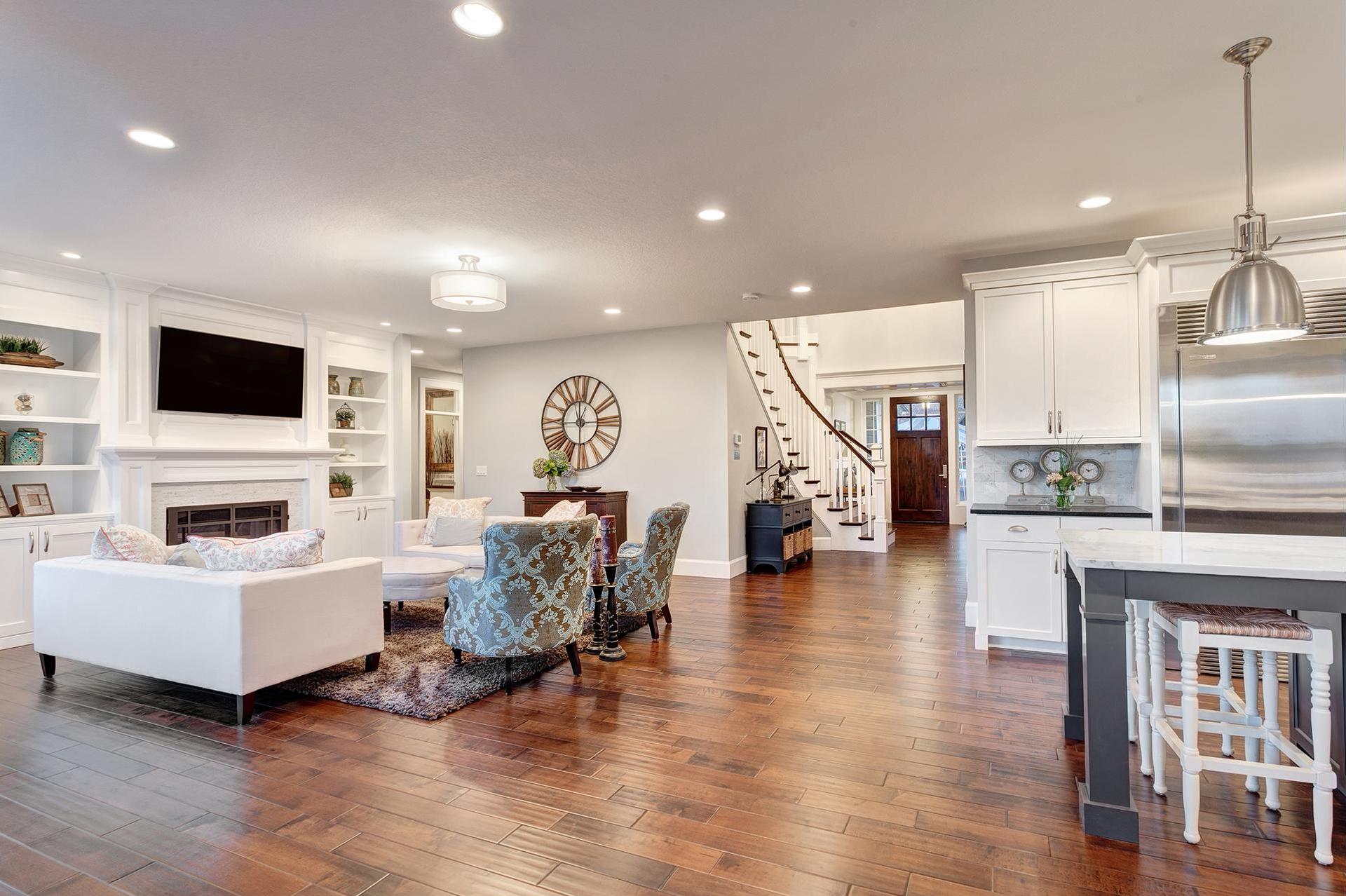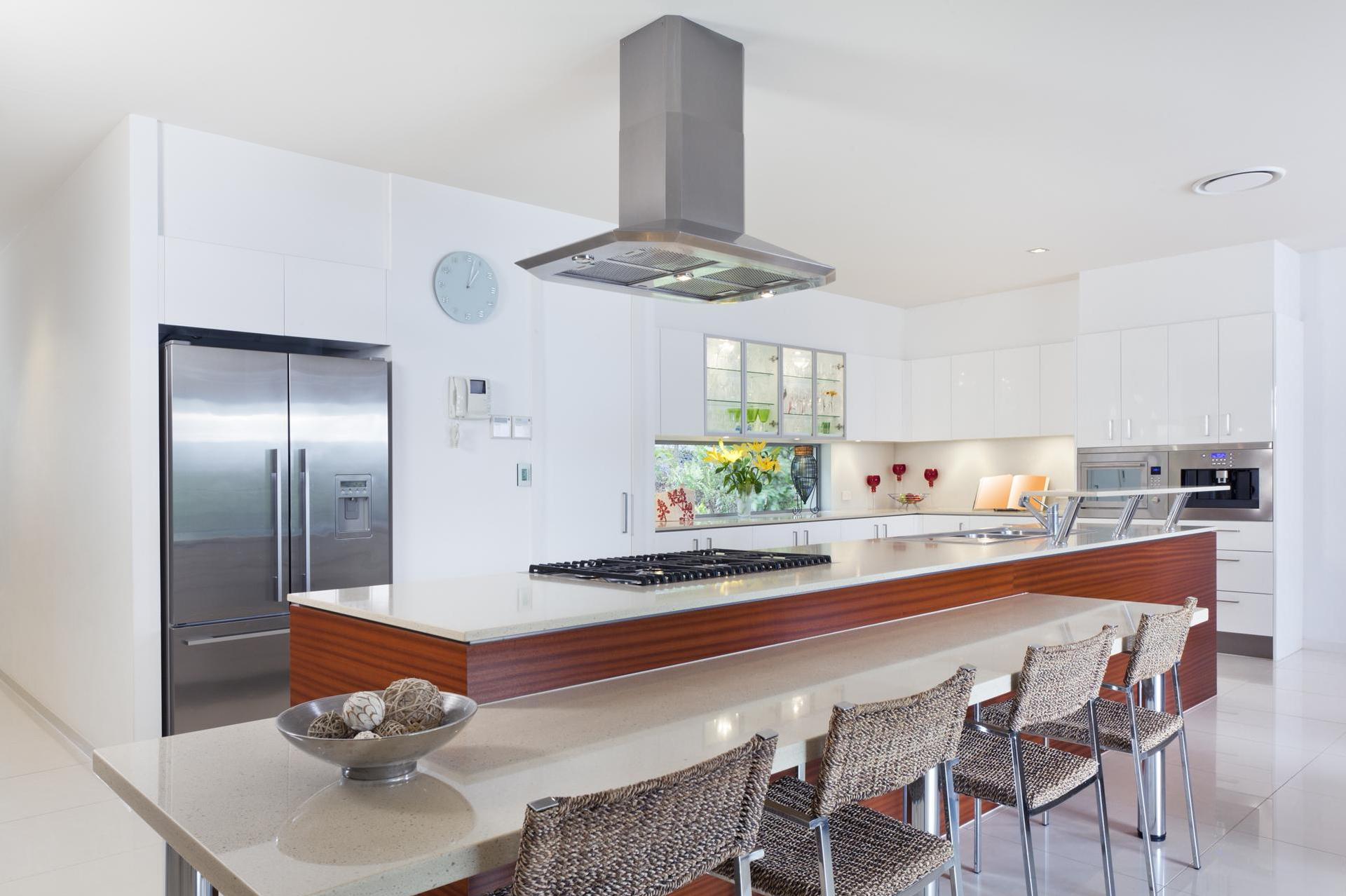For Buyers
9 tips towards a wise purchase
So you've decided the time has finally come to become a homeowner. Buying a property is an exciting project, but it can also generate some anxiety. After all, it is one of the biggest expenses of your life. Here's a step-by-step guide to help you buy smart:
Step 1: Calculate the amount you can pay
Falling in love with a home that is financially inaccessible to you can be heartbreaking. To avoid disappointment, set a budget first and then go property shopping.
• First, determine how much you can put down as a down payment. The Home Buyers' Plan allows you to withdraw up to $30,000 per person from your RRSPs (or up to $60,000 per couple); the amount withdrawn is non-taxable and its repayment is spread over a period of more than 15 years. The larger the down payment, the less capital you owe, and the less interest you will pay.
• Don't forget to add closing costs like insurance, legal fees, cost of building inspection, land registration fees and land transfer taxes. When you add these amounts to your moving costs and service connection fees, the total bill amount increases quite quickly...
• Your monthly housing expenses (mortgage, taxes, heating, etc.) should not exceed 32% of your income. (If, for example, your total monthly income is $5,000, then your housing expenses should not exceed $1,600, i.e. 32% of $5,000). If you have credit card debt or car payments, a simple rule is that the proportion of your income allocated to debt repayment should not exceed 40%.
• Obtain a mortgage pre-approval. This is an effective way to find out how much you can borrow. This tip also speeds up the buying process once you have found the home you want to buy.
Step 2: Determine the type of house that suits you
Take the time to list the must-have features and the wish-list features that you could compromise with. Be realistic, and revalidate which aspects you consider to be truly essential. How many bedrooms do you need? How many bathrooms? Are you planning a home office? A garage? And how big should the backyard be? Hardwood floors? A separate dining room from the kitchen? Consider your current lifestyle, but also the next stages of your life. If you're planning to have kids in a year or two, a small one-room apartment might not be the best idea.
Step 3: Decide where you want to live
Choosing a neighborhood where you will feel good is as important as choosing a house you like. Will you choose an urban lifestyle, a house in the suburbs or a quiet place in the countryside? Are you looking for a place where you can walk to work or if you don't mind a longer route? Is it important that you live near good schools? Or within walking distance of entertainment venues? Or not far from the shops?
Step 4: Start looking
Go see properties during open houses. Visit realtor.ca. Check the listings. Scour the neighborhoods that interest you to check for “For Sale” signs. Tell your agent what you need and start viewing properties.
Step 5: Build your team
Contact the professionals who will be able to help you buy wisely. Find an agent you trust first, then look for a reputable mortgage lender or broker, notary, building inspector and insurance broker. Since your agent works closely with all these professionals, he will be happy to refer you to reliable people.
Step 6: Make an offer
You've finally found the property that's right for you – it's time to make an offer. An offer to purchase must specify the price you are offering, the personal property included in the purchase (such as appliances or light fixtures), the amount of the deposit, the closing date and any other conditions.
Your agent will help you prepare your offer to purchase. He will present it to the seller who will accept it or make a counter-offer (price higher than the price you offered or changes to the conditions). You can then accept or reject the counter-proposal. If everyone agrees, the house will be yours. If not, you can either make a new offer or keep looking.
Step 7: The inspection
You have finally found a property that you love. A beautiful backyard, gleaming hardwood and your dream kitchen. But in what condition is the heating system? What about electrical wiring? Are there any leaks in the basement? Before buying, have the house inspected; no matter what experience you have as an owner. It's the best way to avoid unpleasant surprises.
The home inspection will provide you with the information you need to make an informed decision. The inspector will determine the condition of the home you want to buy and let you know if there are any issues. (And since the inspector is indifferent to whether you buy the property or not, you can be assured of their objectivity, which is a good thing especially if you tend to be biased yourself...) If you must make an offer before having the home inspected, make it conditional that the inspection is satisfactory.
If problems are noted by the inspector, you have three options:
1. Forget this property.
2. Use the inspection results as bargaining leverage to lower the price.
3. Give the seller the opportunity to repair the defects.
Step 8: Get a mortgage
Once your loan has been approved, you must choose the type of mortgage that will best suit your situation. Will you choose a fixed or variable interest rate? Will it be an open term mortgage? What will be the amortization period? Will you make monthly, bi-weekly or weekly payments? Your mortgage broker or lender can help you choose the mortgage that will best suit your needs – and save you the most in the long run.
Step 9: Move in and enjoy!







